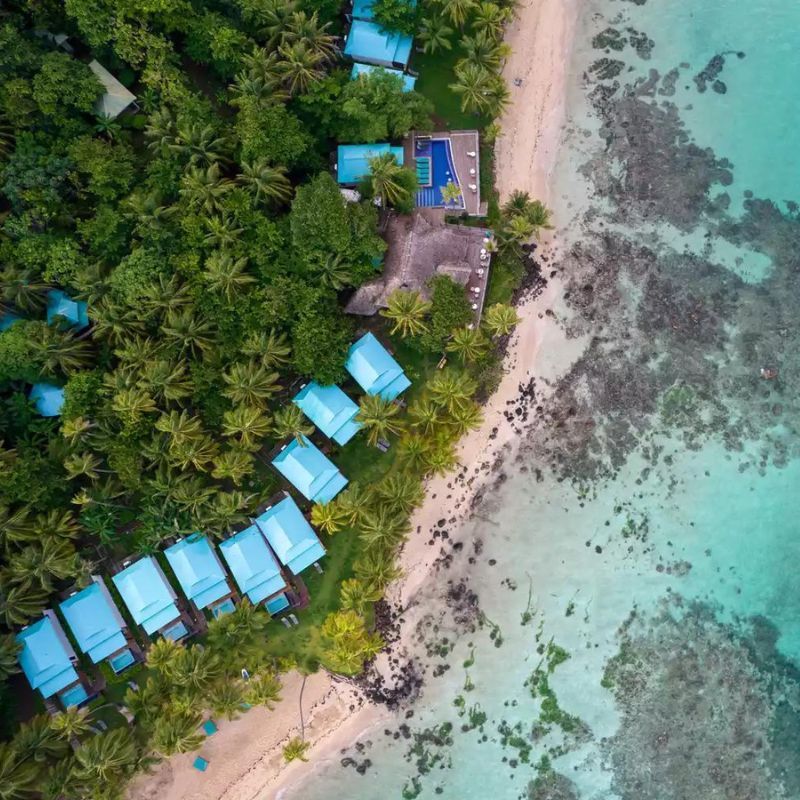
One of the most mystical places on Earth is even more awe-inspiring seen through the eyes of children. Come along on our family pilgrimage to Bhutan.

“I HEAR BHUTAN IS a Lemurian place,” comments a friend of mine over afternoon tea, in response to all my stories from my recent adventure. “It’s accessible only to those who are truly meant to go there.” Lemuria, legend says, is a mystical city lost to the depths of the ocean and believed to have been the home of highly evolved, enlightened citizens. And even in its disappearance, through inexplicable energetic lines, it continues to manifest in extremely powerful, transcendental locations around the world.
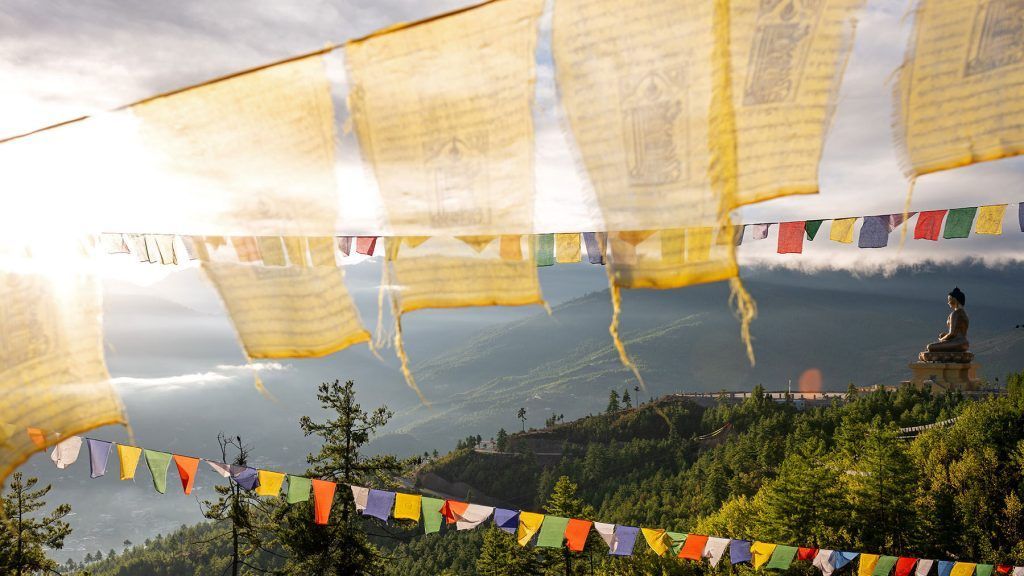
The Bhutanese believe in the concept of Ney: spiritually potent, perfectly aligned sites abundant in auspicious natural and esoteric energy. There are few places in this world as mysterious and magical as the Himalayan kingdom of Bhutan. In this majestic Land of the Thunder Dragon, the boundaries between myth and reality are fantastically fluid. Each gust of wind is pregnant with prayer and good intentions; with every breath, you ascend closer to the heavens.
There is a tangible spirituality throughout. Physically embodied in the myriad temples, monasteries, chortens, and prayer wheels that dot the mountainous landscape. The iconic prayer flags fluttering in the wind are like persistent rainbows of intercession between man and the universe. Monks cloaked in scarlet devote their entire lives to chanting for the good karma of the souls of all living creatures. Beyond the visible, there is doubtless a distinct feeling, a vibrating energy that prickles at your skin, tuning into your inner being, recalibrating your soul, leaving you open and peaceful.
Over eight days in Bhutan, I travelled with my family across four valleys: beginning in Thimphu, making our way to Punakha, then Gangtey, and finally, Paro. Whether it was quaint villages or majestic dzongs, each destination had a special allure with a distinct cultural and historical story to tell. The sheer beauty of Bhutan’s nature is awe inspiring. Steely blue rivers rush through the beds of plummeting mountain facades. Lush pine forests glitter with icicles. The elevation between valley and peak are so extreme, we experienced dramatically different climates within hours. Sunny, warm and breezy valley floors slowly faded into wintery wonderlands as we snaked our way up across perilous mountain passes. Frosty, lichen-covered trees felt like ghostly apparitions – spirits from another realm, guarding the integrity of the natural world. It was a true education in the sublime, all the elements rolled into one to form an incomprehensible greatness.
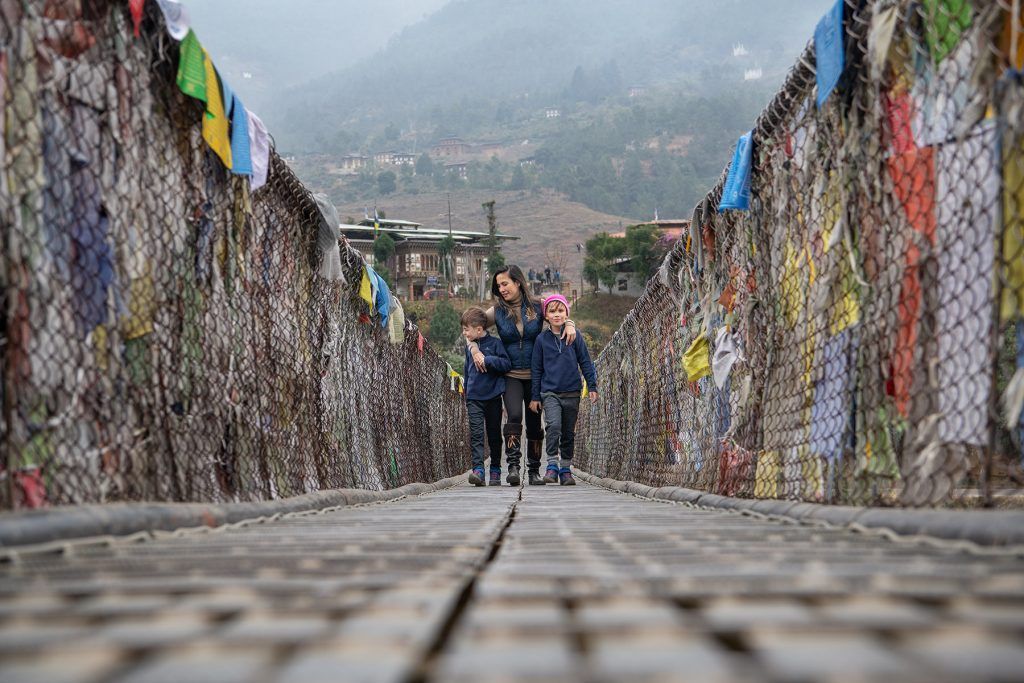
I was accompanied by my two sons, Max and Sebastian, aged six and eight. And although I received some raised eyebrows over the appropriateness of such a voyage with two young children, I was resolute they would enjoy it. And to say they “enjoyed” is a gross understatement. They were completely enthralled by the whole experience, so much so that they willingly parted from the digital world and had absolutely zero screen time for the entire trip. They succumbed to every moment wholly and life was extra vibrant when seen through their eyes.
They say Bhutanese are the happiest people on Earth, and for us that essential sense of joy for life was embodied by the people with whom we spent nearly all our waking hours in the country. Druk Asia helped plan our entire journey, coordinating our itinerary along with a guide and driver. The exceptional tandem of Ugyen and Ugyen went above and beyond to keep my boys engaged and interested. From snowball fights at the top of Lawala Pass, indulging them in a Red Panda expedition (elusive little buggers), and even calling a friend to let us in their home for an unexpected bathroom break in the middle of nowhere, they were always patient and caring. One of the things I loved the most about them was how they shared their culture with us so organically. There were no winding, one-sided touristy monologues; instead they took us to places that meant something to them where we were simply welcomed into the fold.
At Punakha Dzong, when we visited the famed temple where the King and Queen were married, Ugyen approached the altar, demonstrating to my children how he would prostrate and bow three times to show his respect. I watched my two boys ponder this and then, silently, follow suit. I personally pay homage in all sacred places, regardless of the religion. I believe that spirituality transcends books and scriptures and that being connected with something grander than us can be found in small special moments, in the purity of nature, and in the concentrated energy of places of worship.
It was in this moment that I realized my children naturally felt the same. They were in awe of the gilded treasures, the solemn rituals, and the palpable “good and peaceful spirit energy,” as Max called it. There is a unique intimacy with the sacrosanct in Bhutan. Centuries-old murals emblazoned on temple walls, secret meditation caves that magically manifest when you wander about, holy men imparting their wisdom to anyone willing to sit and listen… It’s all so tangible. Prayer wheels are the ultimate example of this; touched by thousands over time, with their positive mantras – vessels of amplified well wishes – radiating in the air as they spin.
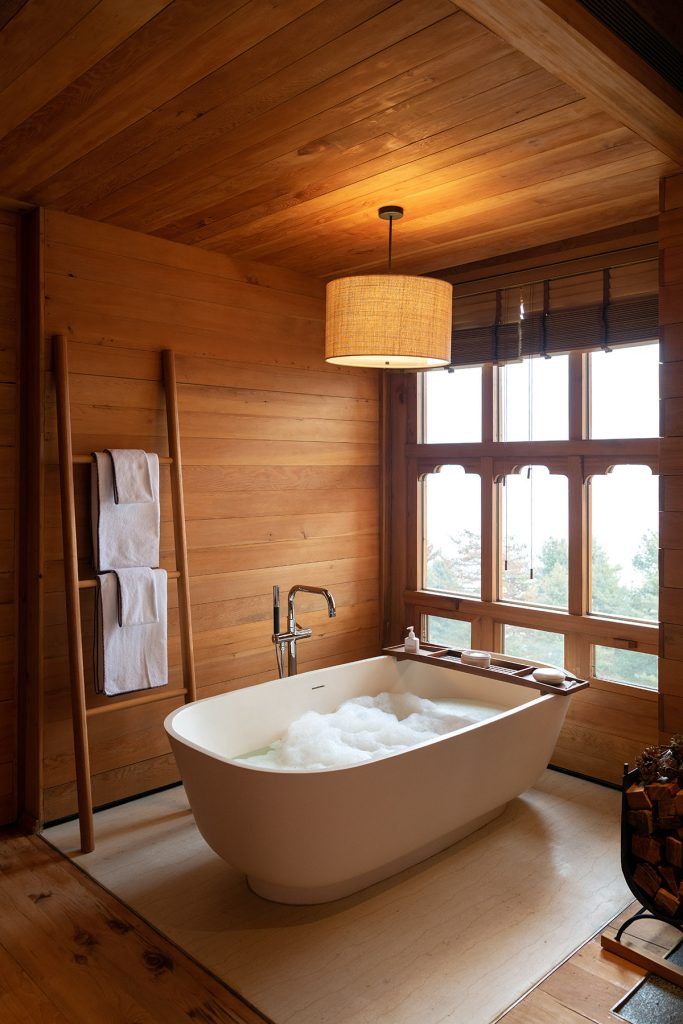
Ours was a voyage of good omens and happy surprises. The boys enjoyed close encounters with the Black Necked Cranes gracefully dancing across the fields of Phobjikha Valley during a walk from Six Senses Gangtey. On our drive back to Paro, we witnessed a family of Grey Langurs lazing by the roadside. Both animals, we learned from the Ugyens, are very auspicious in local culture. We rang in the new year not with fireworks, but by lighting candles after an intimate blessing by local monks at COMO Uma Paro. While hiking up Tiger’s Nest, we found a horseshoe, crossed a rainbow waterfall, and beheld the golden sun streaming through the clouds like a portal to the celestial world. Lemuria. Bhutan had summoned us, and we were willing pilgrims.
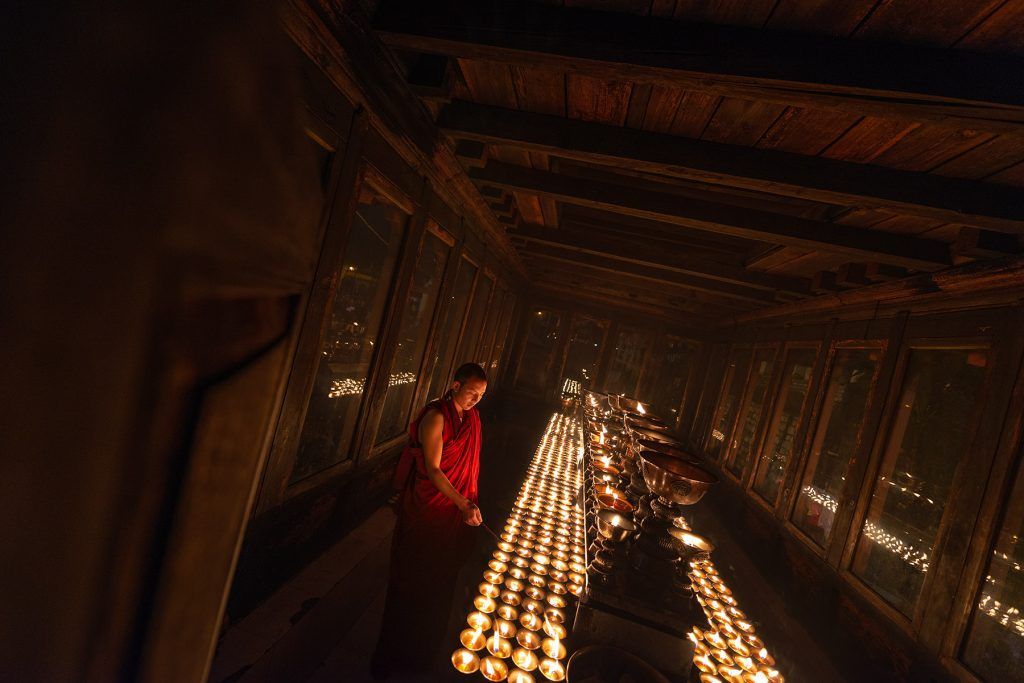
While waiting on the tarmac for our plane to depart Paro, I was a washed with a sinking feeling that it was all over too soon. As we sat, wishfully plotting our return, we were surprised by a man who walked slowly down the aisle, smiling and greeting each passenger.
The King.
Yes, His Majesty The Druk Gyalpo Jigme Khesar Namgyel Wangchuk was on our flight. He stopped at our seats, conversed with us for a moment, wishing my family well while showing sincere appreciation for Max’s dinosaur headphones. If this wasn’t a sign that our return was ordained, I’m not sure what is.
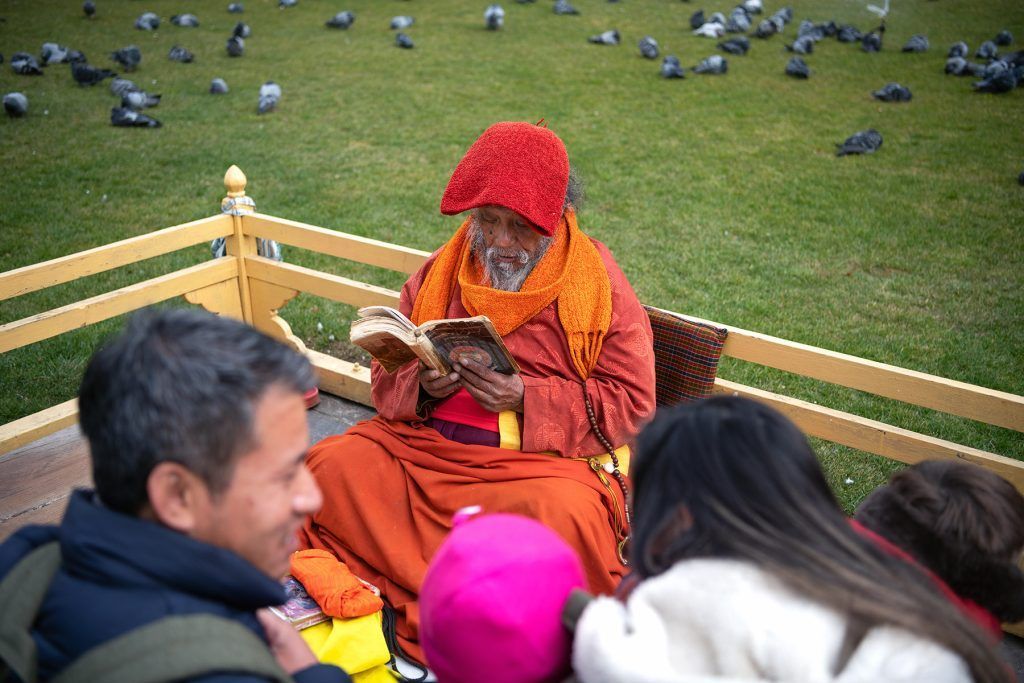
How to Plan Your Own Awe-Inspiring Family Trip to Bucket-List Bhutan
Druk Asia: www.drukasia.com
Six Senses Bhutan: www.sixsenses.com/en/resorts/bhutan
COMO Uma Bhutan: www.comohotels.com/destinations/bhutan
Bhutan Department of Tourism: bhutan.travel









